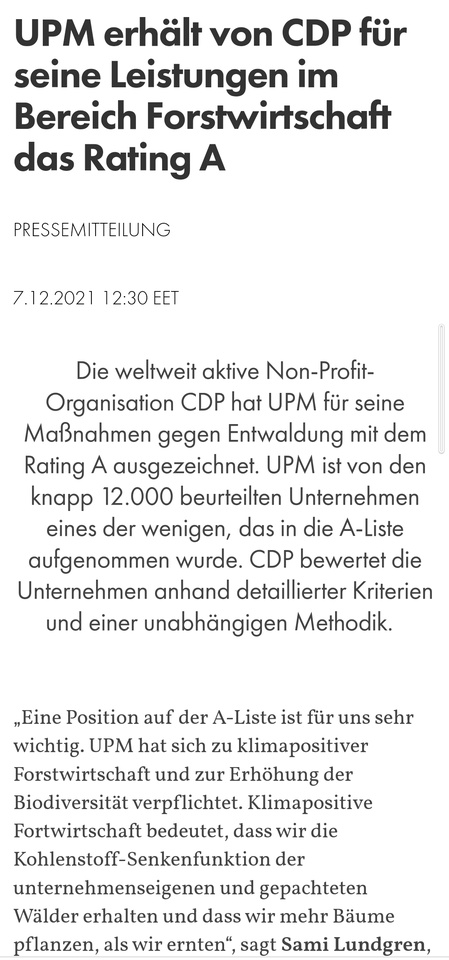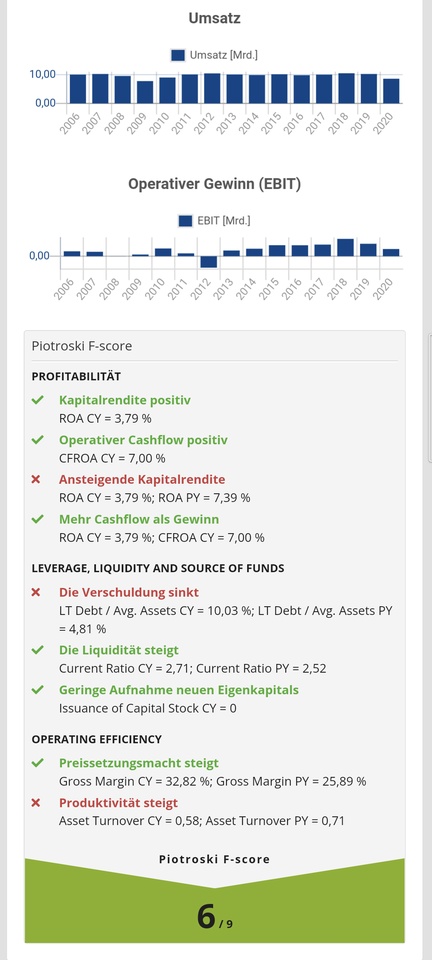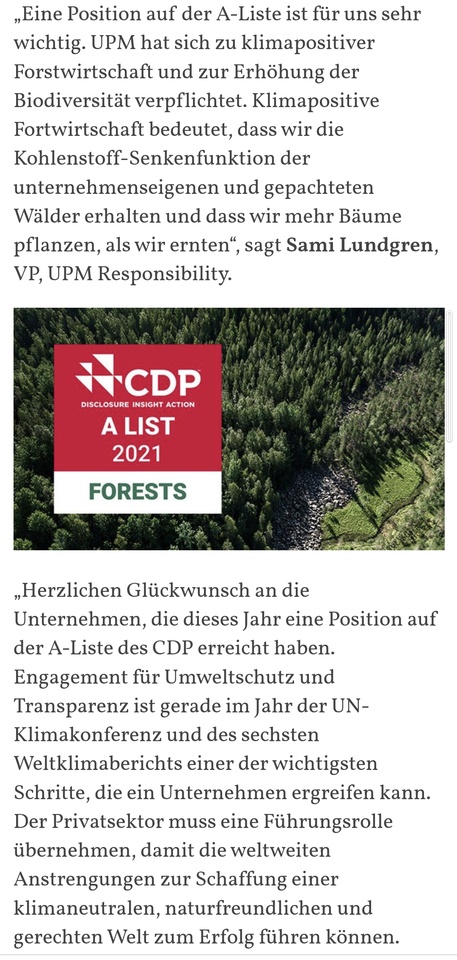How your oven can help solve the world's waste problem.
Waste-to-Energy - Get rid of the garbage!
Hello dear community,
Have you never wondered if waste can be made usable? The topic "Waste-to-Energy" is less common within Germany and yet hard discussed, but worldwide of overwhelming importance. But why? In Germany, we have a largely solid and progressive circular economy, which will and must experience a rapid upswing in the future, also within the EU and the USA. Nevertheless, the total amount of waste worldwide will continue to increase.
And what role might your oven play in this?
I'm trying to bring it closer technologically.
If you have a modern oven, you usually don't have to clean it manually. It has a special program, the pyrolysis function. Roughly speaking, your oven is heated to such a high temperature (~500 degrees Celsius) that food residues and grease splashes are "burned" to ash. Chemically speaking, the organic compounds (your scraps), in the absence of oxygen, decompose uncontrollably. Your ash is a mixture of organic residual products.
If this technical process is now applied to biomass, for example, it is possible to produce fuels and chemicals from waste.
Exactly this procedure one tries to make world-wide in modified driving usable. The plan is to produce diesel and naphtha (raw gasoline), and also kerosene, without producing toxic emissions.
In the last contribution over the petroleum industry I explained you the intended purposes, partly.
But all this is not to be confused with the emerging and existing bio-refineries, for example by UPM $UPM (+0.08%) , Verbio $VBK (-1.06%) or Lenzing $LNZ (+0.56%) are operated. Here, wood and various types of grain are used almost exclusively as biomass.
What can be used for this purpose?
Of course, biowaste is ideally suited for this purpose, as this material consists mainly of organic materials such as hydrocarbons and their derivatives.
But "plastic" is also a very suitable material for this process. Logically, because it also consists of organic materials. Accordingly, one could roughly say that all products consisting of the original type of crude oil and natural gas could also be reconverted.
Well ..,
Many everyday items are compounds that are organic, but often have fluorine, chlorine or sulfur compounds "mixed in". As is well known, not the healthiest representatives of everyday use.
But there are technical solutions for this as well:
As I described it roughly in pyrolysis above, you have gasification of the materials. This leads to the fact that in most cases the chemical bonds can be broken and thus the substances are decomposed.
Fluorine, chlorine and sulfur, for example, can simply be chemically "rebonded" so that no new emission comes from them.
Is the implementation complicated and who would benefit?
There are essential work steps in the procedure that are already in the 1st league in terms of procedure technology. In most cases, the individual steps are not combined in the company, but are, as always, typically specialized.
1. waste separation:
Here, as is already common in Germany, the usable waste is returned to the circular economy. Residual waste and organic waste, on the other hand, are very suitable for this process.
In this case, the waste disposal companies known to us benefit in particular. This can be your municipal waste authority, but also corporations in the global trend, such as Waste Management $WM (+0.46%) , Republic Services $RSG (-0.22%) or Alba $ABA .
2. separation
Here, mechanical separation processes, such as classifying or sorting, are used to separate the material once again in the process. The winners here are the specialists for separation equipment, such as Tomra $TOM , Veolia $VIE (+0.29%) or Derichebourg $DBG (-1.9%) .
3. incineration
This is then the process of pyrolysis mentioned, similar to the oven. Here the materials are burned. The resulting gases are relevant to the process.
The ash, on the other hand, is enriched with metals and can thus be returned to the circular economy. One possible beneficiary of this is Befesa $BFSA (-0.45%) .
Non-usable ash, on the other hand, can be stored in stockpiles almost without any problems. In Germany, it is already quite common to fill ash into layers of earth, for example to backfill salt mining sites.
(In this combustion process not only pyrolysis plays a role. It is more correct to mention also the process of "gasification" and "combustion". The resulting "surplus" heat can then be used, for example, to run a generator and produce electricity.
This has the advantage that on the one hand energy is generated and on the other hand the gases are cooled).
4. conversion - the interesting part
By passing the gases through various catalyst layers in a multi-stage process, the desired chemicals can now be produced.
Namely, a "pyrolysis oil", which has rudimentary similar properties and can be fed to a conventional refinery.
This works particularly well for diesel and kerosene. In this case, regenerative fuels can even be produced today, which comply with the respective DIN.
But how could I participate in this "trend"?
In fact, many energy suppliers have taken on this problem. The major pioneer here is actually Eni $ENI (+0.14%) in Europe. Waste Management $WM (+0.46%) from the USA has been making landfill gases usable for years. However, primarily for local heat generation. This is set to change in the future, with waste-to-energy processing also taking off. The oil giants BP $BP. (+0.76%) and Shell $SHEL (+0.15%) are also investing in this technology.
Advantages:
- The spatial waste problem can be limited.
- Emissions from the stockpiles can be greatly reduced through reuse.
- Alternative supply options are created in terms of fuel, chemicals, and heat supply.
- It can be considered "net zero" since the emissions in the feedstock have already been generated.
- The necessary technologies are already sufficiently mature and proven.
- A rapid solution option for decarbonizing the transport sector.
Disadvantages:
- Fossil alternatives are much cheaper.
- Plant capacities are totally inadequate for mass scale.
- High expenditure compared to low yield.
- Efficiency due to very high energy input.
- Huge logistics required to get waste to process.
- Permanent supply of waste must exist to maintain value chain.
- Public interest is very low.
- Your home oven is unsuitable for fuel production. - No serving suggestion.
Which topics of alternative energy possibilities are you interested in?
Ongoing is the plan:
- "Green Ammonia" - Why the odds are better than hydrogen.
- Lithium - Why the market caps are completely misweighted.
Do you have any requests, suggestions, criticism?











